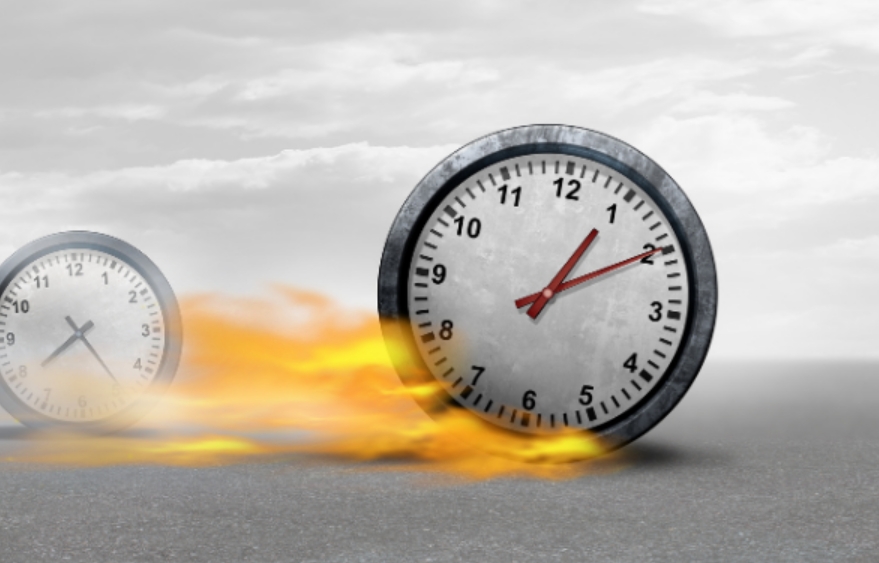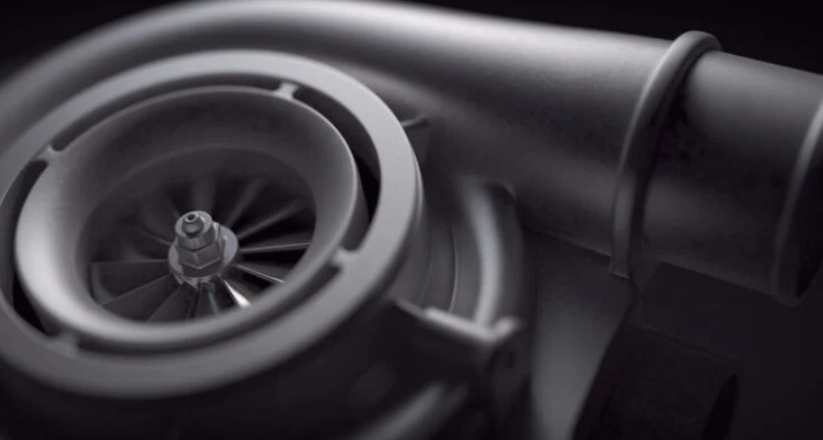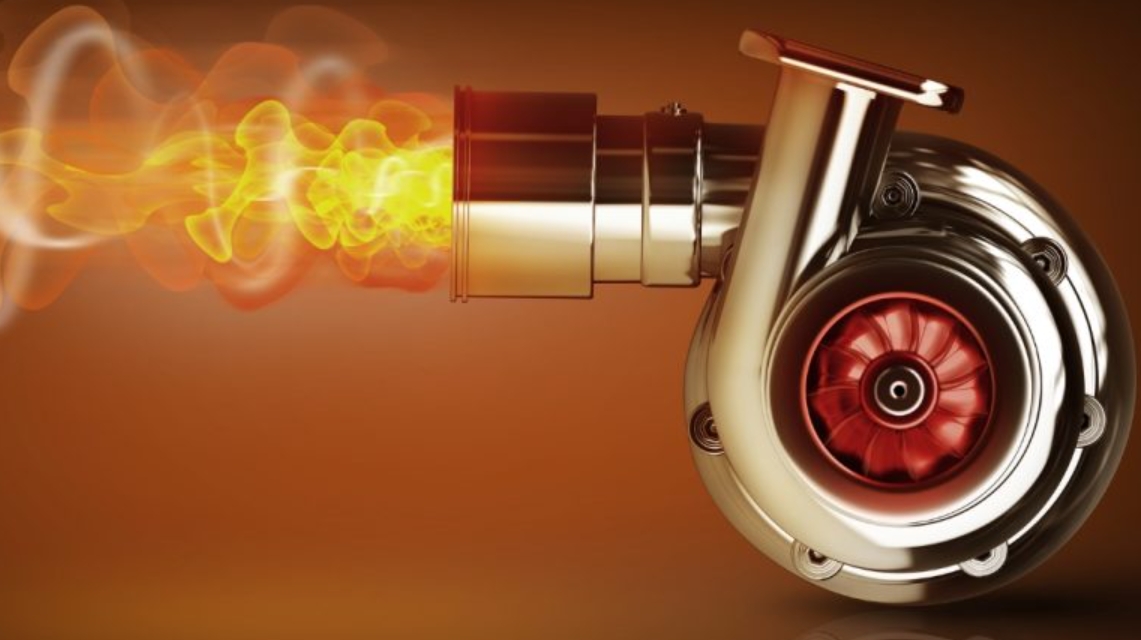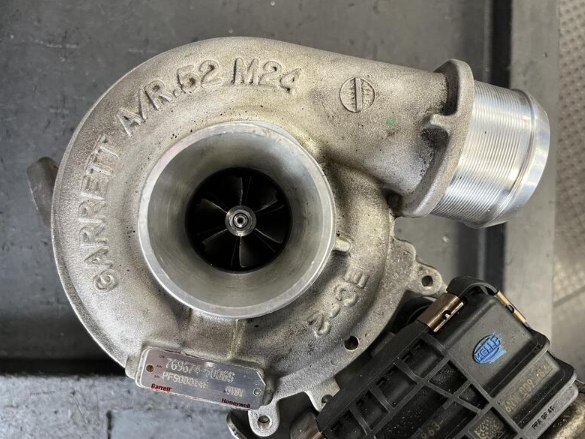
How Long To Change A Turbocharger?
The turbo is one of the key parts of a vehicle’s engine. The performance of your vehicle largely depends on its proper functioning since it takes care of supercharging the engine of your automobile. But like any part, the turbo can fail at any time and affect the operation of your machine. It will then be necessary to consider changing it as soon as possible so that your car regains its usual level of performance. Given the importance of this piece, changing it is a delicate job that can take time. But how much exactly?
Changing the turbo: how long should it take?
Changing the turbo is a delicate operation that requires very close attention from the professional who must take care of it. The same attention is required if you plan to do it yourself. Indeed, to change the turbo in the engine of a car, you have to go there with great care and go through all the steps so as not to forget anything. It is therefore necessary to take the time necessary to dismantle the damaged turbo before fitting the new one. A lack of attention can damage the new one during the change and reduce your efforts to naught. It takes no less than 10 steps, all as time-consuming but important as each other, to make this operation a success. The speed and experience of the person responsible for the replacement will also be decisive.
The time it takes to change the turbo of an engine also depends on the model of the car. Models with more complex engines logically require more know-how and more delicacy, and therefore more time.
But in general, the operation takes about 5 hours to be carried out successfully. There is no need to rush your service provider to reduce this duration. The success of the operation could suffer.

How to change a turbo?
There are several steps to follow to successfully change your turbo. But first, some precautions should be taken.
Precautions to take before a turbo change
Avoid disassembling the turbo while the engine is running. If the engine is hot, some of its parts may be hot, exposing you to serious risks. You should also wait for the engine to cool before making the change. To take the risk of opening a hot engine is to put your life in danger. It is recommended that you leave your car’s hood open for about an hour before starting this job.
The different stages of a turbo change
The actual turbo change begins with the dismantling of the turbo. Be sure to remember the place of each of its elements so that the final assembly is easy and quick for you. Once the damaged turbo has been removed, take the time to check if there is not a foreign body that has entered one of its ducts. If so, get rid of any foreign matter before cleaning the oil inlet and oil outlet pipes. It is also possible that the oil inlet and outlet pipes are no longer in good condition either. In this case, you must change them first so as not to prevent the proper functioning of the new turbo that will be installed.
These details finally settled, manually turn the turbine of the turbocharger for a few seconds before proceeding with the assembly of the new turbo. During the assembly, you must take care to put each element in its place to avoid redoing all the work. If the assembly is done correctly, the next step will be to start the engine and let it idle for about 3 minutes to allow the turbo to adapt to its new environment. After the adaptation period has elapsed, run the engine at full throttle to check the pressure before stopping the engine.
During the operation, avoid using fixing products such as glue or paste to fix the seals at the oil outlet and oil inlet. This will force you to change your new turbo sooner than necessary.
Turbo change: do it yourself or hire a professional?
The turbo compressor is a rather delicate part. Its change is therefore not reserved for everyone. However, this does not mean that it is excluded that you take care of it yourself. If you are a do-it-yourselfer and have a good basic knowledge of automobile mechanics, you can change the turbo in your vehicle’s engine yourself. But it is still necessary to have the necessary material means to carry out this operation. You must also be able to establish a formal diagnosis. Be sure to identify the problem that caused the damage and correct it before replacing the part. This will allow you to avoid a repetition of the breakdown.
Be aware, however, that for reasons of efficiency, it is always better to entrust this service to a professional who masters the workings of this operation. He has a very advanced knowledge of mechanics and will be able to very quickly detect the problem that is preventing the turbo from operating at full speed and that is forcing you to change it. He also has the necessary equipment to operate safely.

When should a turbo be changed?
The average life of a turbo is estimated at 200,000 km on average. Well maintained, its lifespan can go well beyond that. However, changing your car’s turbo may become imperative when your car exhibits certain symptoms.
The car’s loss of power
When you find that your vehicle’s engine is losing power, the first thing to check is if the turbo is still in good shape. If it is the turbo that is damaged, you must change it without delay. By changing it, you allow your car’s engine to return to normal operation. Otherwise, your car’s engine will lose more power. This could damage other engine parts.
The increase in fuel consumption
A sudden increase in fuel consumption can also be a sign from your engine to remind you that it is time to change your turbo. You must then immediately proceed to change this part. This will stabilize consumption and allow you to save more. Negligence of the situation could lead to more severe breakdowns.
Apart from these two main symptoms of an HS turbo, a turbo change may also be necessary in the event of:
- Oil leak at the exhaust;
- Compressor oil leak;
- Regular noise coming from the turbo;
- Blue or black exhaust fumes…
Changing the turbo is a delicate operation that can take around 5 hours depending on the model of the vehicle and the know-how of the person performing it. Avoid sacrificing certain steps of the operation due to your desire to save time. The durability of your new turbo depends on it. Finally, be sure to take the necessary precautions to make the change safely.



